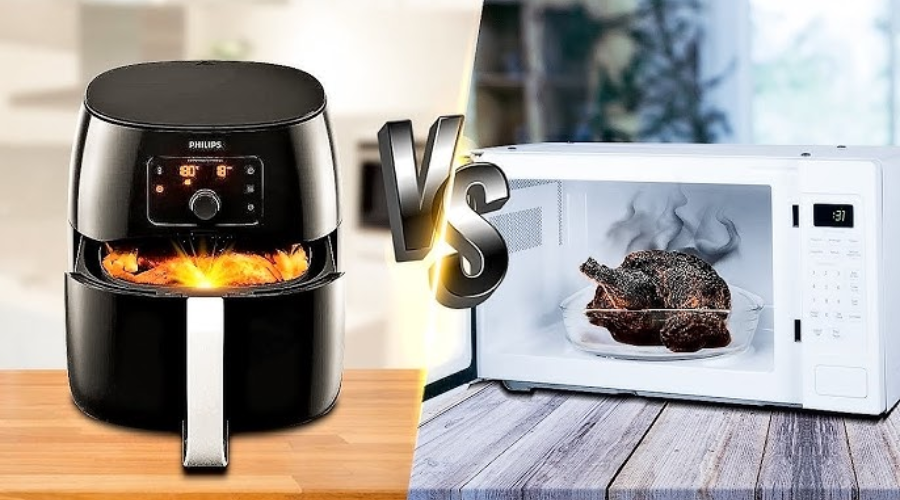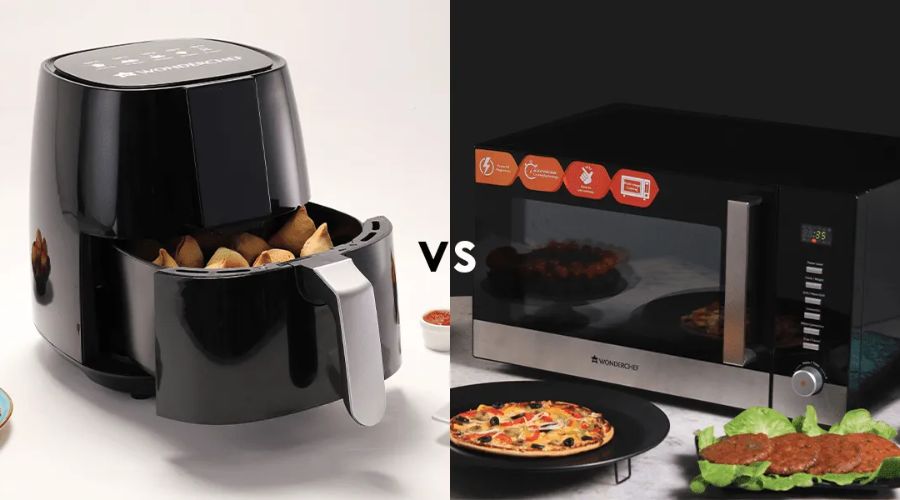Microwave Ovens vs. Air Fryers: Which One Is More Versatile?
In today’s fast-paced world, kitchen appliances that save time while delivering delicious results are essential for modern households. Microwave ovens and air fryers have both revolutionized home cooking, each offering unique advantages to busy families and cooking enthusiasts alike. The dilemma of choosing between microwave ovens vs. air fryers is common among consumers looking to maximize counter space and cooking efficiency. Microwaves excel at rapid heating and defrosting, making them ideal for busy professionals, while air fryers appeal to health-conscious cooks seeking crispy results without excessive oil. This comprehensive comparison will help you determine which appliance better suits your cooking style and kitchen needs in 2025.





